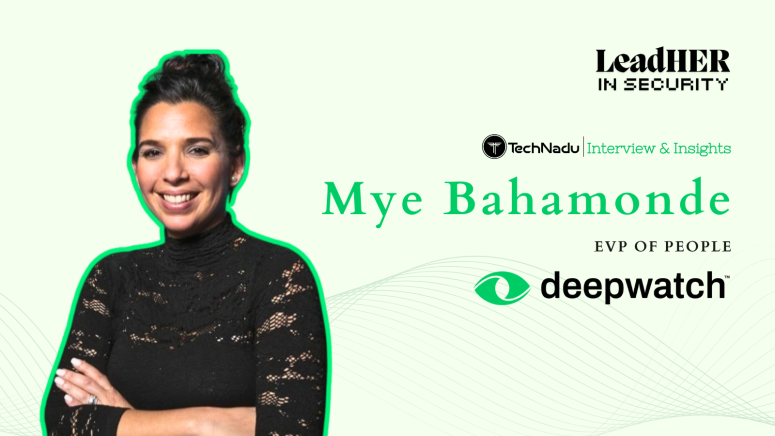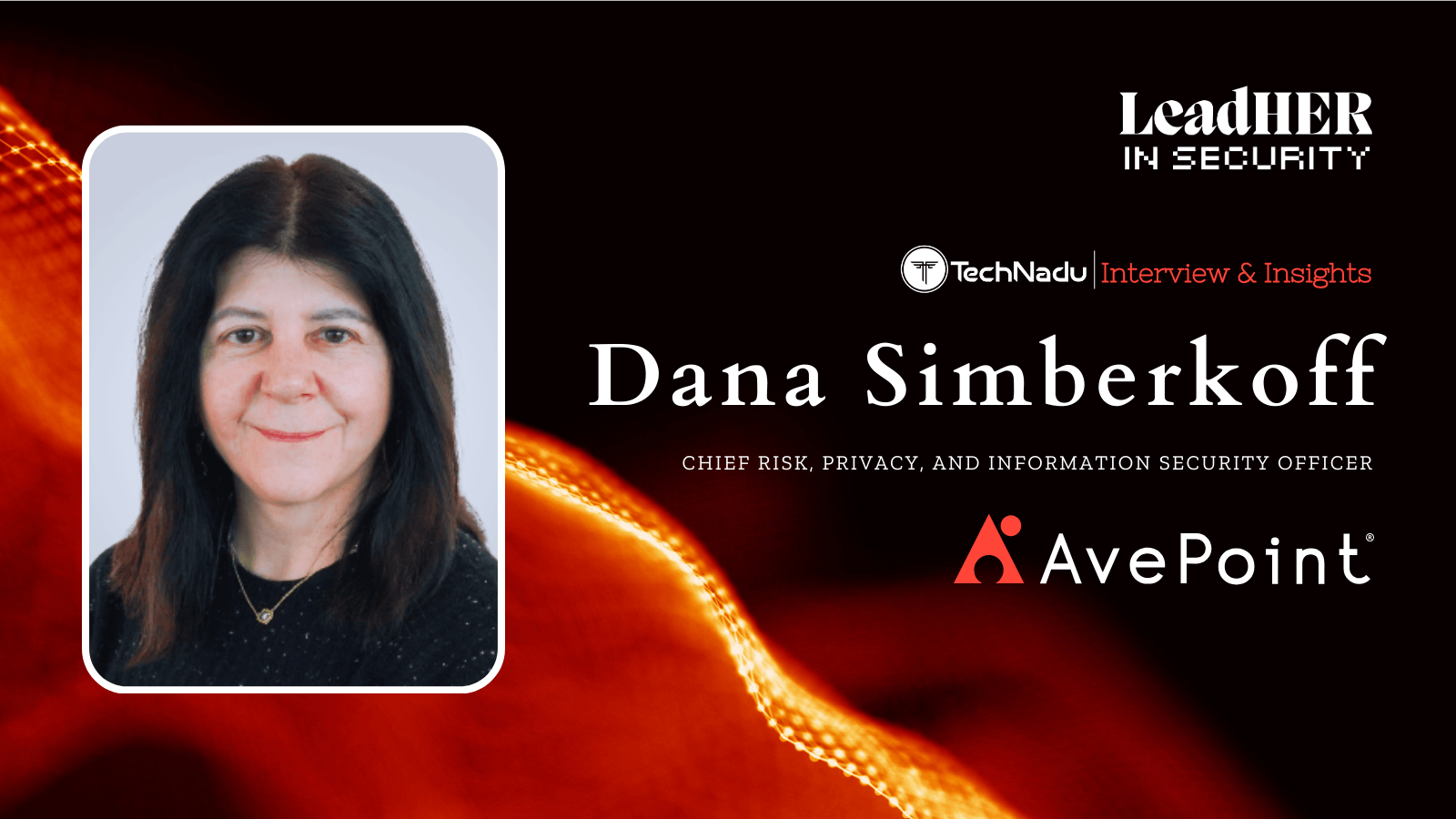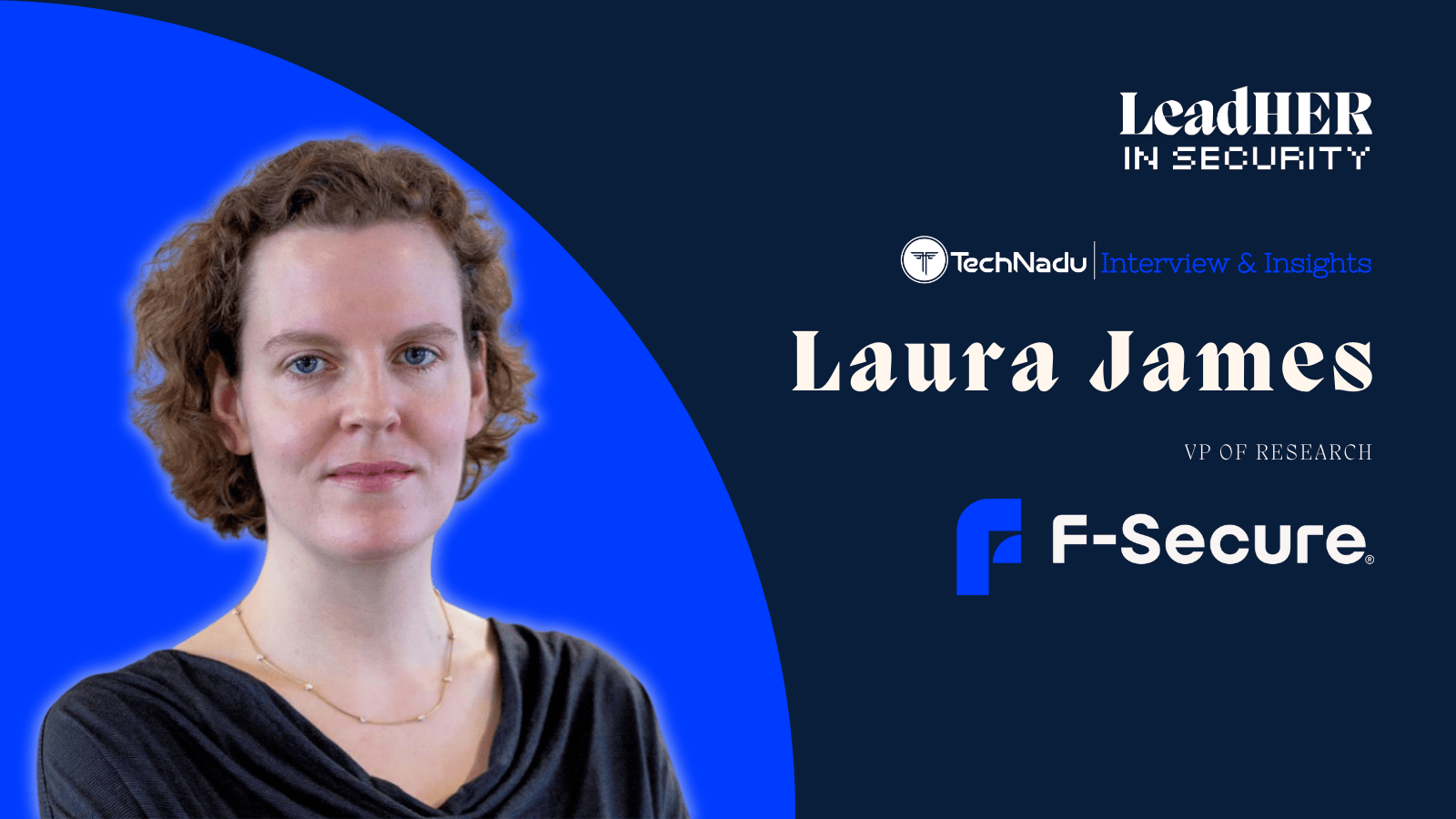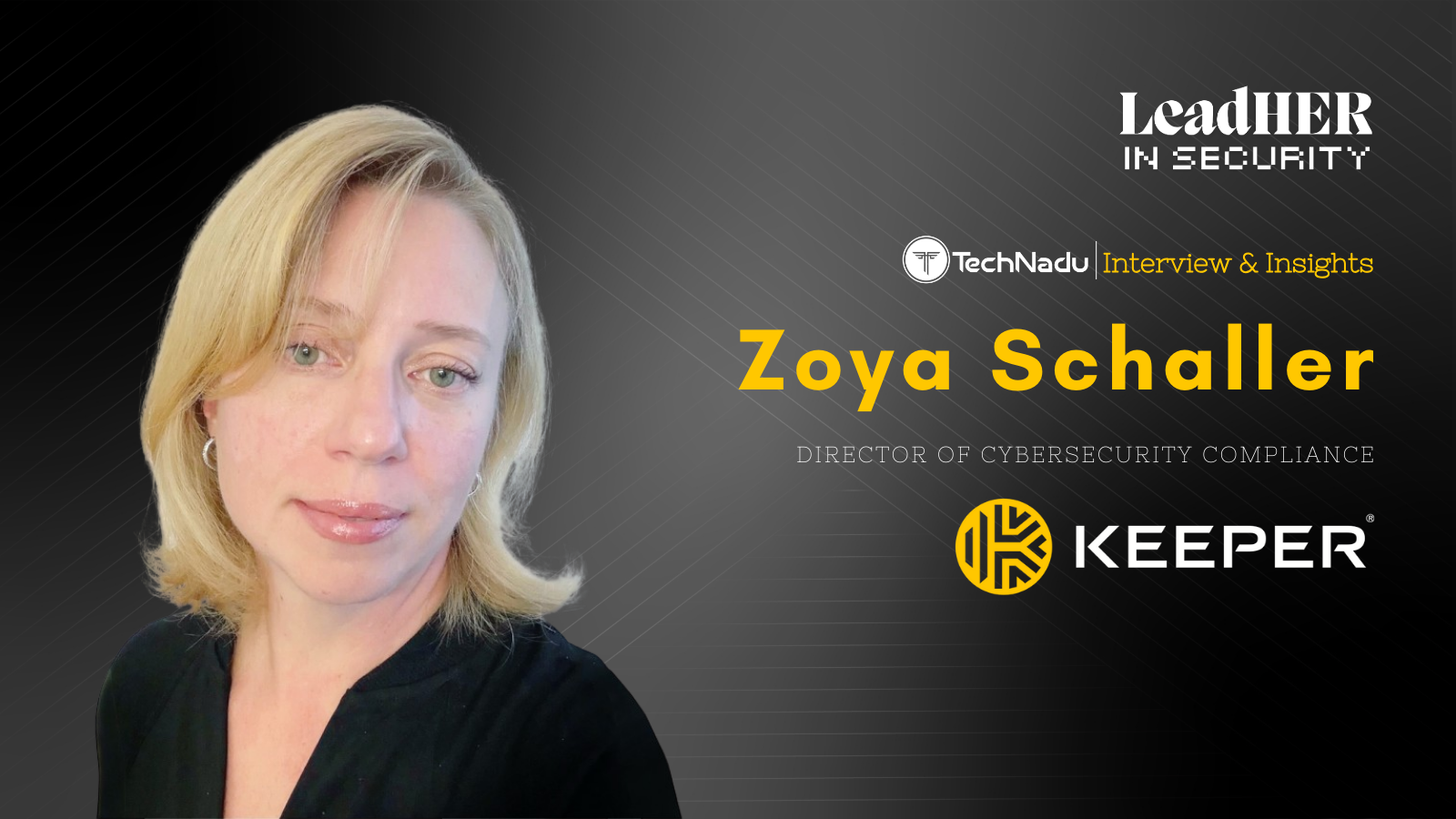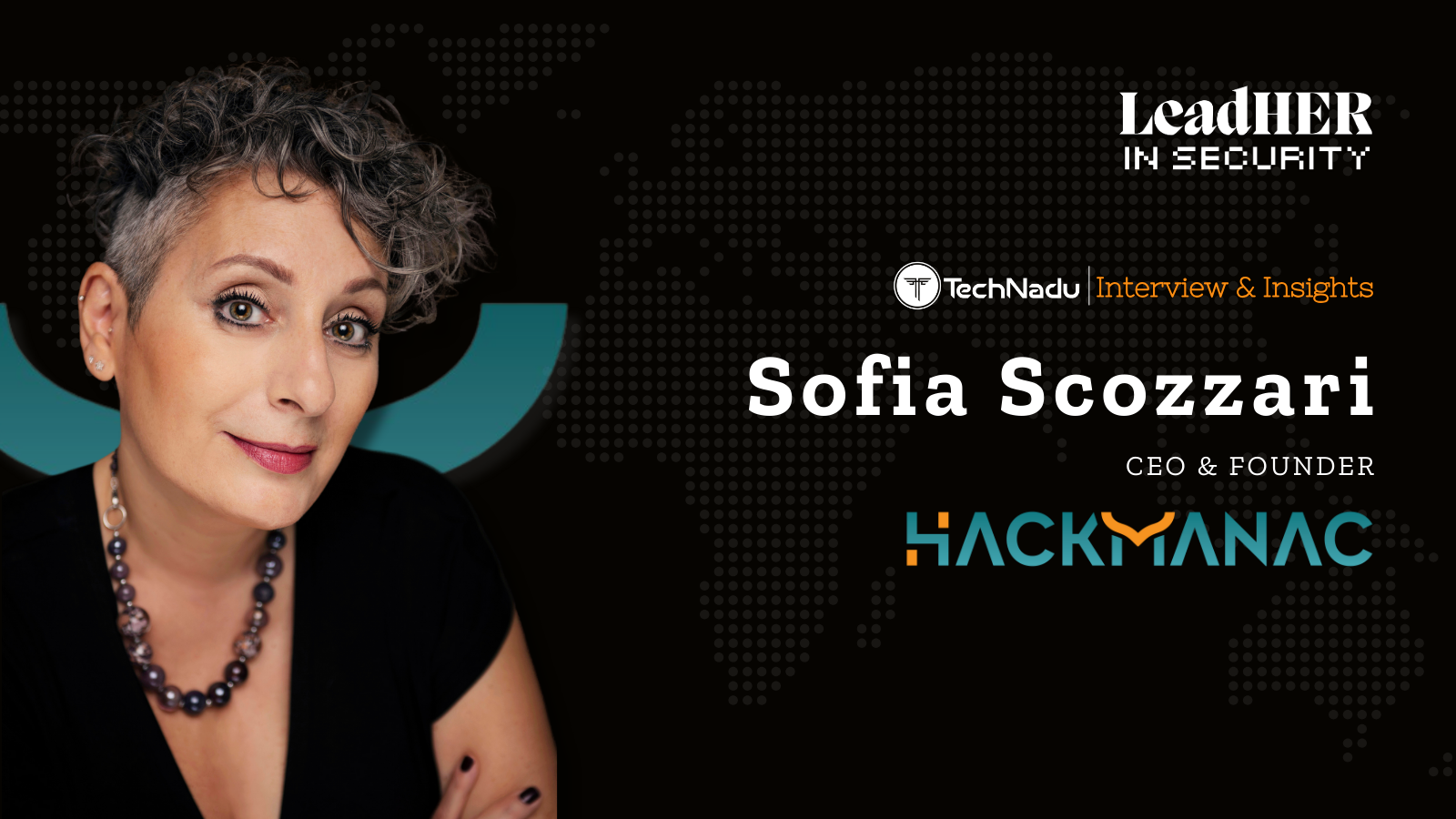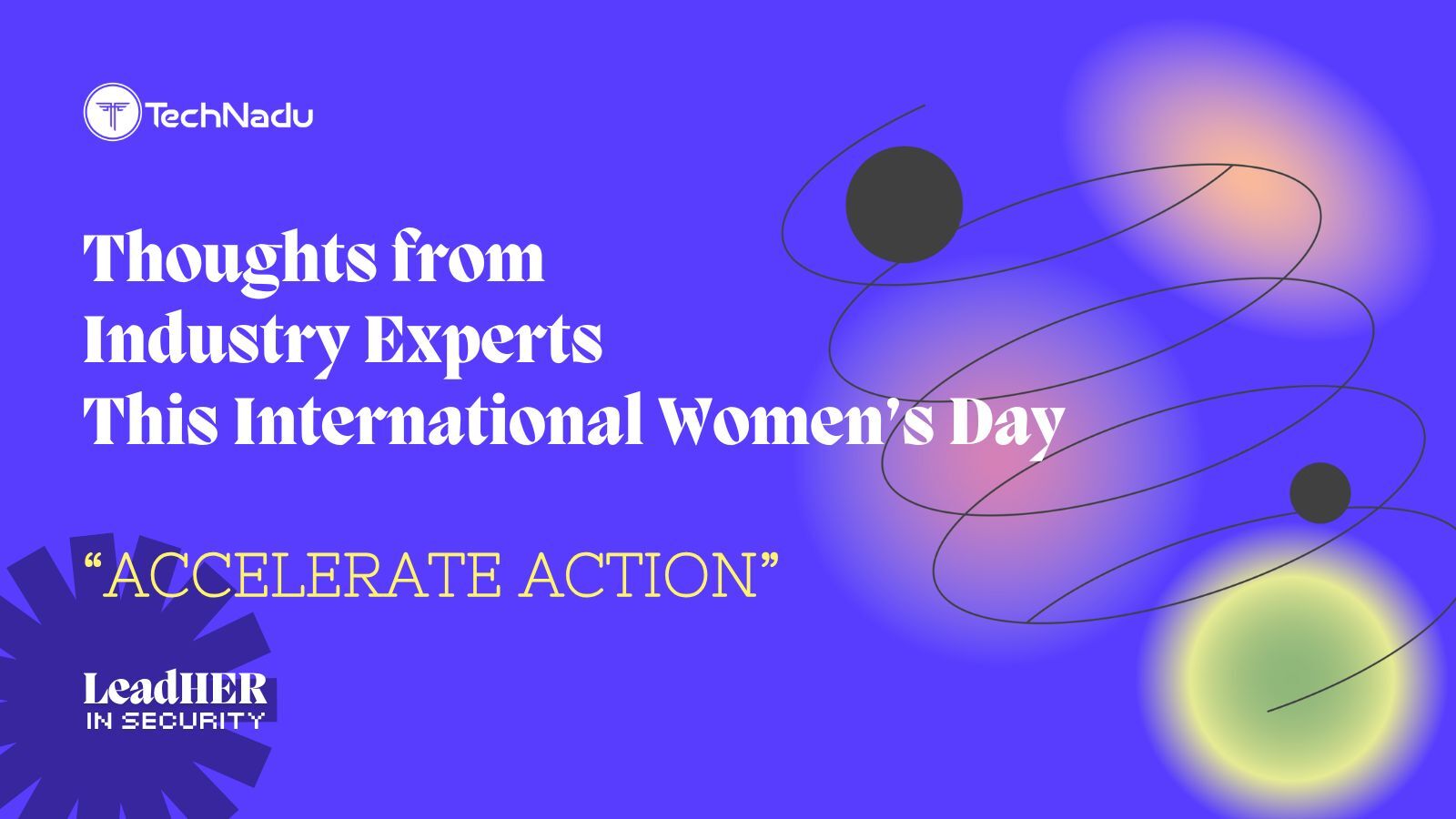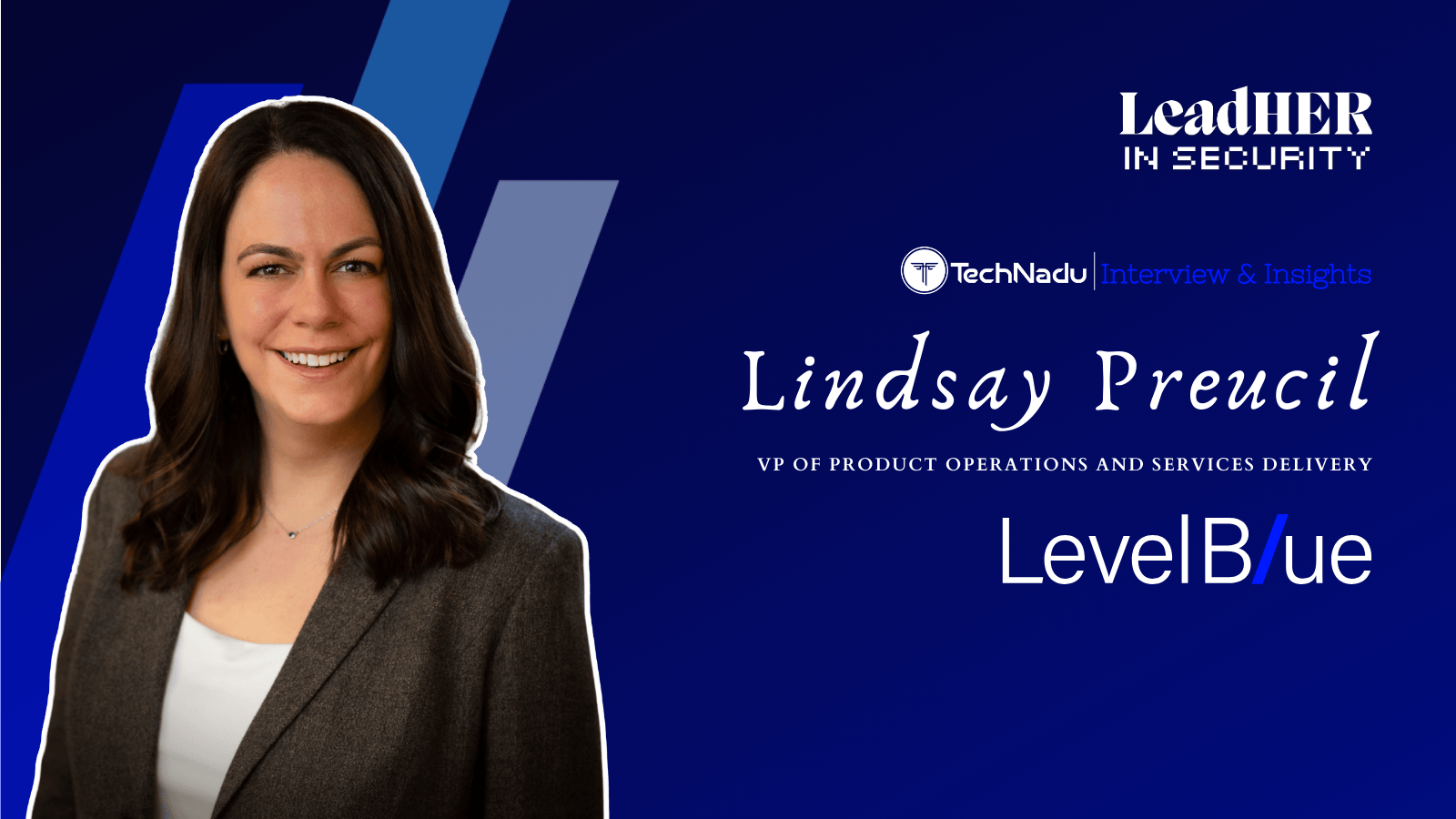
Mye Bahamonde, the EVP of People at Deepwatch Answers Questions About Talent Acquisition with Honesty and Clarity
Mye Bahamonde is a global HR leader and helps improve employee engagement and scale people initiatives for start-ups and large organizations. She leads Deepwatch's people function with a never-say-die attitude and strives to support teams through rapid growth.
Due to her extensive experience and initiatives that positively impact company culture, Mye remains the go-to person for all things human resources.
TechNadu understands the need to bridge the skill gap in cybersecurity and wanted to share insights from someone who has been there and done that.
We are proud to interact with a woman expert in the human resources and talent management field who leads with passion and a positive approach.
We are happy to share what we learned about her journey, perspectives, growth strategies, and more as part of our Women’s Day edition LeadHER in Security to inspire others to make strides in this industry.
1. Please tell us about your most cherished lessons as a human resource executive. What is your message to those struggling with their responsibilities in this department?
Some of my most cherished lessons as an HR executive include giving yourself grace. Most situations we navigate are in the grey area.
We don’t have all the answers nor should we. HR is a driver of business growth rather than a gatekeeper of bureaucracy. HR isn’t just about people, it’s about the business, driving positive change and results.
2. How do you support and advocate for women in the tech field, including any specific initiatives or programs that you lead at Deepwatch?
At Deepwatch, we are committed to empowering women in tech through mentorship, professional development, and equitable hiring. Our Mentorship Program connects employees with experienced leaders for career development and growth, while our $3K annual Professional Development Benefit supports skills advancement through courses and certifications.
We also prioritize diverse hiring practices, ensuring all hiring managers consider a broad candidate pool to create more opportunities for women in cybersecurity. Research shows that when women make up at least one-third of a team, it drives more effective and inclusive decision-making.
By investing in these initiatives, we’re fostering a workplace where women can grow, lead, and succeed.
3. What are your views on the latest trends and challenges in the HR landscape, especially within the tech industry?
The tech HR landscape is evolving just as rapidly as the tech industry, specifically shaped by hybrid work and AI adoption. Post-pandemic, companies are refining flexible work models while recognizing the value of in-person collaboration for innovation.
At Deepwatch, we’ve launched Centers of Excellence (CoEs) to foster stronger team connections, drive innovation, and support career growth. AI is no longer a future trend—it’s already reshaping workplaces faster than many leaders realize.
A recent McKinsey & Company study found that while executives estimate only 4% of employees use generative AI for at least 30% of their work, the real number is 13%. This gap underscores the need for HR to proactively navigate AI’s impact on work, leadership, and decision-making.
As HR takes on a more strategic role, the challenge is to balance innovation with human connection, creating a workplace where people thrive, collaborate, and grow.
4. What are the most important things to consider while selecting someone for a cybersecurity company? Is a candidate selected based on what is important for the role, or the background, skillset, and qualities of the candidate? How do you shortlist someone if there needs to be a compromise based on varying candidate profiles?
Selecting cybersecurity talent requires balancing role-specific needs with a candidate’s skills, experience, and potential. We prioritize outcome-based experience over years of experience, focusing on how candidates have driven impact, solved complex security and business challenges, and adapted to evolving threats.
When shortlisting candidates with varying profiles, we evaluate critical competencies vs. trainable skills, long-term growth potential, and immediate business priorities.
While experience matters, adaptability, problem-solving, and a proven ability to deliver results are often stronger indicators of success at Deepwatch.
5. After mergers and acquisitions, what more could be done to bring together two diverse teams to work on a common mission, keeping the role of human resources in addressing the concerns of both the set of employees in mind?
Having gone through a recent acquisition at Deepwatch, our focus has been ensuring we unite diverse teams across the globe by implementing proactive HR strategies focused on transparency, communication, cultural alignment, and engagement.
We proactively solicit real-time feedback through pulse surveys to address concerns and ensure we have a seamless onboarding and employee immersion process.
Involving top talent in leadership discussions reinforces their value and commitment. Ultimately, employees are influenced more by leaders’ actions than words, making visible leadership engagement crucial to the success of an acquisition.
6. You have served various sectors as a human resource executive. Could you share how your process of screening and selecting candidates has transitioned over the years?
Over the years, my approach to screening and selecting candidates has evolved in response to changing industry needs and shifting workforce dynamics where innovation and agility are paramount and indicators of future success.
Initially, the process was more focused on qualifications and years of experience, but now I take a much more holistic approach.
Ultimately, my focus is on identifying individuals who align with Deepwatch’s mission, culture, and adaptability to a rapidly evolving work environment, and who bring diverse perspectives to the table.
This shift has been particularly crucial in the tech and cybersecurity industries, where the demand for specialized skills is high, but the talent competition is even greater.
7. What is your observation about a workforce in terms of their problems and how they can handle them better to do justice to their skillset and the opportunity of working at a company?
I think one of the biggest challenges organizations face is how to effectively leverage their workforce’s skill sets.
In today’s ever-changing work environment, employees struggle with adapting to constant change, prioritizing growth, and underestimating their own growth potential and resiliency.
When employees align their skills with business needs and embrace adaptability, they inherently elevate their careers while also delivering stronger outcomes within the organization.

